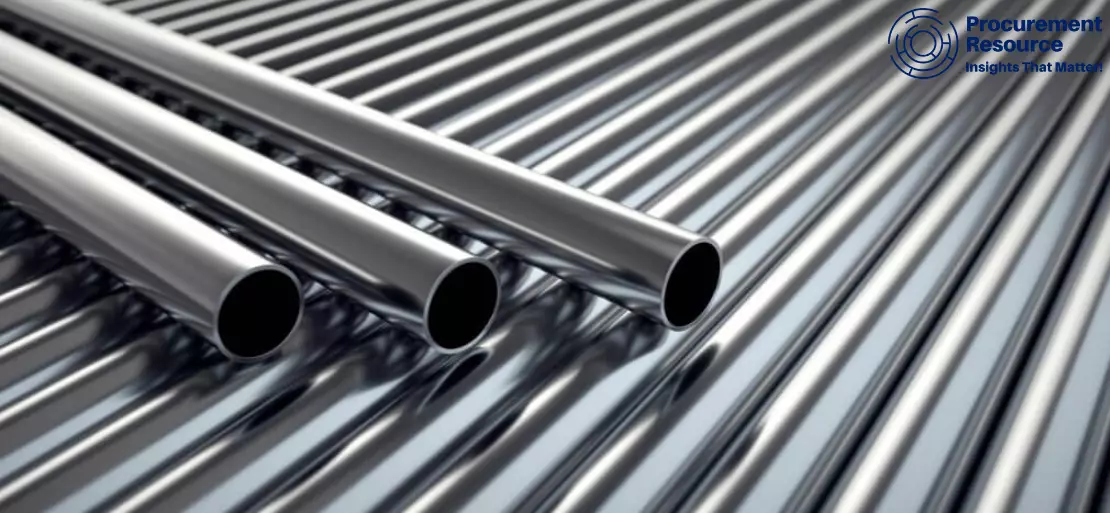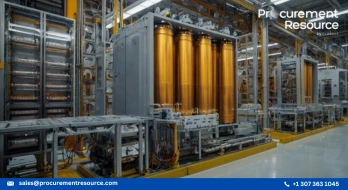Despite Fall in the Nickle Prices, Stainless Steel Prices Continue to Soar

There might be an expectation for us to report considerably reduced stainless steel pricing, at least for the most prevalent nickel-containing grades, after nickel prices fell by 20% over around ten days in late February and early March. In Europe and the United States, partly due to pricing dynamics in these areas, stainless steelmakers change alloy costs via the alloy surcharge mechanism with a delay. Prices may drop slightly in May, primarily if nickel prices do not recover further from their pullback.
Check Real-Time Price Now: Stainless Steel
Steel prices have significantly risen from the year 2020. Flat steel and rebar costs were 47 percent and 39 percent higher in January 2021, respectively than a year earlier. Nevertheless, the price increase is modest, and steel costs in 2020 were, on average, meager. The average monthly price of flat and long steel products was 3% lower than in 2019.
Though, there are other several countervailing factors. Because a considerable degree of replenishment and some improvement in end-use demand has come up against slightly tighter local supply, producers in both regions continue to enjoy strengthened bargaining positions.
They have faced minimal resistance to several base price increases this year. Import restrictions are continuing to tighten, restricting purchasers' alternatives. Base prices in Europe are presently climbing back above euro per tonne, after decreasing substantially since late 2019, just before the Covid-19 pandemic broke out, and this is the highest level since mid of the year 2018.
In addition, rising chrome and iron prices are assisting in counteracting the fall in nickel prices, with high-carbon ferrochrome contract prices likely to increase by 32% in the second quarter of this year. This is mirrored in alloy surcharges from European and US stainless steelmakers, but it is mostly ignored in China and Asia, where local ferrochrome pricing is more influential.
However, stainless steelmakers in other parts of the world should take notice of the Chinese and Asian markets. Prices have remained almost steady this month, while stainless steel appears to be becoming more accessible. We estimate producers' negotiating power in Europe and the United States to decline slightly later in 2021 as supply builds up in other regions of the world and the market swings closer to balance.
Although, stainless steelmakers in other parts of the world should take notice of the Chinese and Asian markets. Prices have remained almost steady this month, while stainless steel appears to be becoming more accessible. We estimate producers negotiating power in Europe and the United States to decline slightly later in 2021 as supply builds up in other regions of the world and the market swings closer to balance.
Steel raw material prices are falling globally. As a result, in most regions, purchasing ready-to-fabricate steel this year will be less expensive than last year. However, as soon as that material reaches the fabrication facility, the price will skyrocket. This is because fabrication costs are continuing to climb.
Wage rates and the energy necessary to shape, cut, drill, and weld play a significant role in fabrication costs. Even though some steel used in the United States is produced abroad, most are produced in the United States. This means that fabrication wages for many of our steel products will rise and fall in lockstep with the rising national labor market. While green technology is beginning to lower energy expenses for many enterprises, steel production operations consume a significant amount of energy to run.
Stainless steel is delivered from the steel mill to the fabricator and then to the construction site. The cost of the substance rises with each mile it travels. Transportation expenditures, such as gasoline, equipment maintenance, insurance coverage, and driver remuneration, tend to climb year after year. These expenses will almost definitely be passed on to consumers in the shape of higher material prices.

.webp)

